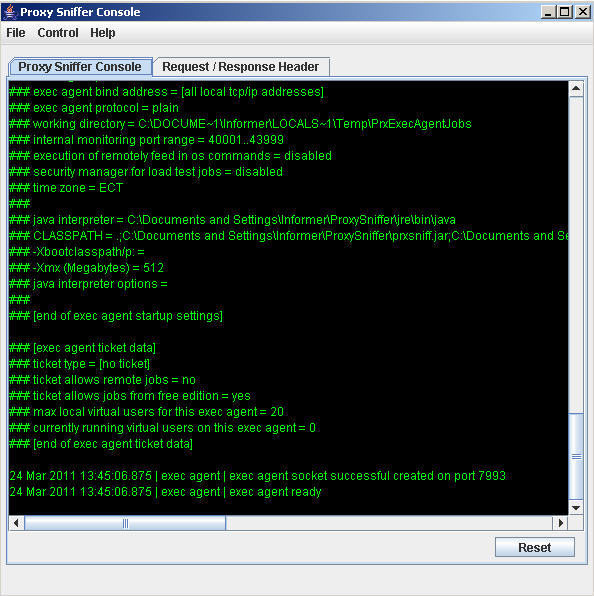
they can be in the same WiFi network (wireless client isolation has to be disabled). Note that machine running proxy has to be accessible from your mobile device or AVD which you are testing on. Then you can enable a proxy module: Figure 1. Remember to whitelist Burp on the firewall if applicable. GET FREE EBOOK Setupįirstly, you need to download and launch Burp Suite (free, community edition is sufficient). If you own a digital product, our Ebook will be a perfect resource for mastering the fundamentals of successful product delivery. with okhttp.ĭrive Your Product to Success – Free Guide for Digital Product OwnersĮven the best team can’t deliver a successful product without proper guidance. Moreover, HTTPS proxy won’t work if the app uses certificate pinning e.g. Even if a device has Android Nougat or newer or app targets API 24 or newer, the app can provide its own network security configuration. However, if the target SDK version is 23 or lower, the mentioned behavior changes are not applied. Burp officially recommends using a device with an Android version older than Nougat or rooted one. In fact, we can replace a browser with any other app! The limitationĭue to the Changes to Trusted Certificate Authorities in Android Nougat this tutorial may not be applicable in all the cases.
Http sniffer proxy manual#
What is Burp Proxy? The official documentation says:īurp Proxy allows manual testers to intercept all requests and responses between the browser and the target application, even when HTTPS is being used.

This article will explain one of the ways to debug such cases – Burp Proxy – while your Android mobile app development.

Everything seems to match specifications but the app does not work.

If you have ever developed apps using HTTP(S) APIs you probably encountered situations when the server answered with errors like 400 Bad Request error or your app failed to parse responses throwing exceptions with enigmatic messages like Unterminated string at line 1 column 57345 and you have no idea what is going on.


 0 kommentar(er)
0 kommentar(er)
